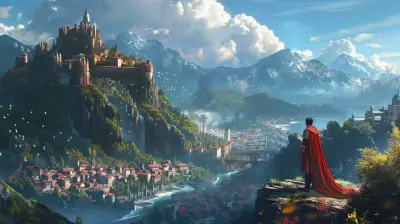The Longevity of Replayability in Open World Titles
26 August 2025
So, here's the thing: You just finished a game—again. The final boss is vanquished, your inventory is stacked with legendaries, and your map looks like you've vacuumed up every side quest. And yet… you're still itching to dive back in. Why? What's so magnetic about these open world games that keeps dragging us back for round two, three, or even ten?
Welcome to the wild, wonderful rabbit hole of replayability in open world titles. Let’s break it down, piece by piece, and talk about why some games stay hot forever while others fade faster than a firework in daylight.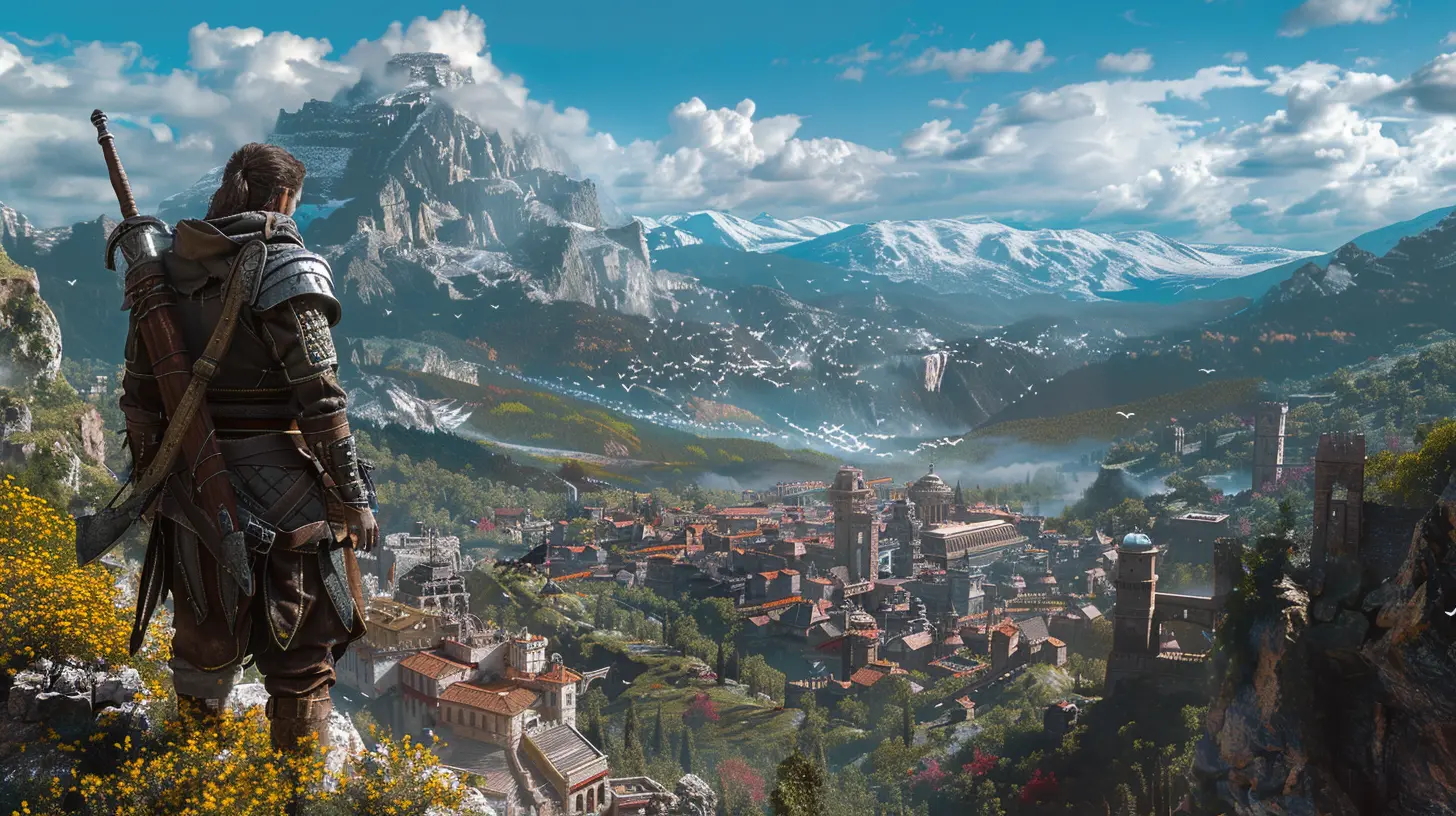
What Is Replayability, Anyway?
Before we get too deep, let's get on the same page.Replayability is how fun and engaging a game is to play again after you've finished it. It's the X-factor that makes you want to restart the story, pick a different path, or just run around causing mayhem for the heck of it.
Now, toss that into an open world game—a genre that dumps you into a sprawling map, gives you objectives but whispers, "Nah, do whatever"—and you've got a recipe for potentially endless enjoyment… or boredom, depending on how things are cooked up.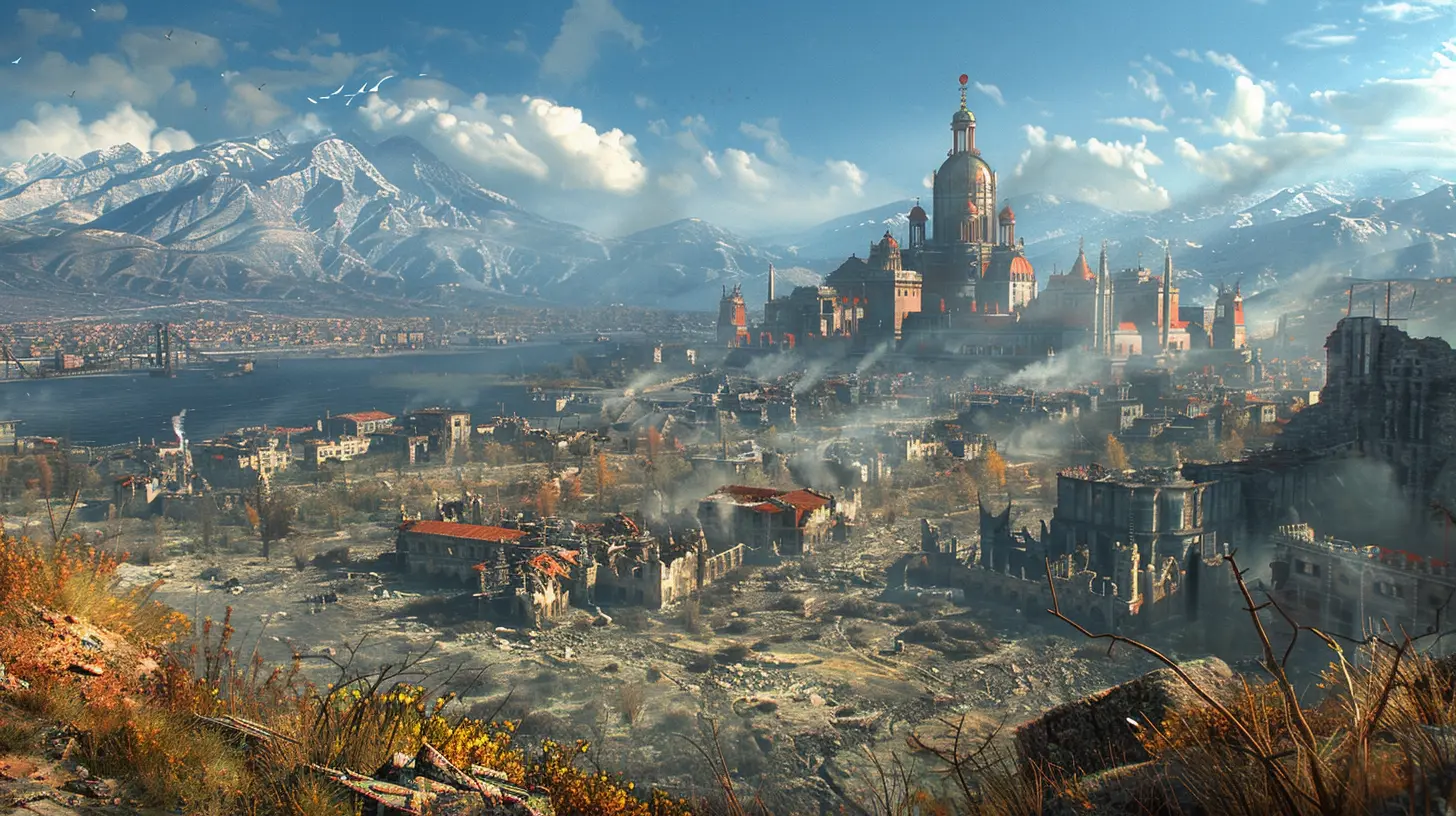
The Magic Mix Behind Replayability
Replayability doesn’t just happen. Game devs aren’t rolling dice and hoping their map becomes the next Skyrim. There’s actual design magic going on. Let’s break down the secret sauce:🌍 Immersion-Laced World Design
The first ingredient? A world that doesn’t feel like a giant cardboard cutout. Dynamic weather, wildlife, NPCs with routines—it all adds to that living, breathing vibe.Just think of Red Dead Redemption 2. You could spend hours fishing, hunting, or just riding your horse into sunsets. You wouldn’t be doing missions per se, but dang, you live in that game. That’s the kind of stuff that makes players come back.
🛠️ Customization and Freedom of Play
Ever notice how games with deep character builds tend to get replayed more?From stealthy archers to magic-flinging maniacs, choosing how you play changes your entire experience. Games like The Elder Scrolls V: Skyrim or Cyberpunk 2077 let you rebuild yourself completely on a second run.
And let's not forget the "what if" playthroughs.
> "What if I saved that NPC instead of, uh... throwing them off a cliff?"
🎯 Multiple Endings & Branching Choices
Nothing screams replayable like choices that matter. If your decisions didn't impact the story, why would you play again?Titles like The Witcher 3, Fallout: New Vegas, or Horizon Forbidden West excel here. They make you question your morals, loyalties, and whether or not you should’ve helped that sketchy faction.
And once the credits roll, you realize: “Wait, what if I picked the OTHER option?”
Boom. Second playthrough triggered.
🎮 Modding Community: The Sandbox That Keeps Giving
Let’s give a standing ovation to the modding community.If you've ever turned Skyrim into a Thomas the Tank Engine horror show or added Star Wars lightsabers to your GTA V chaos, you know what I’m talking about.
Mods breathe new life into older games. They fix bugs, add content, or just inject a little absurdity into your gameplay. It’s like giving your game a makeover without needing a sequel.
🔁 Procedural Generation & Dynamic Events
Procedural generation is the gaming version of a bag of jellybeans—you never know what you're gonna get.Games like Minecraft, No Man’s Sky, or Subnautica rely on randomness to create new experiences. Add in dynamic events (like ambushes, storms, or random world bosses), and the game never plays the same twice.
You're basically playing a living diorama with endless variations.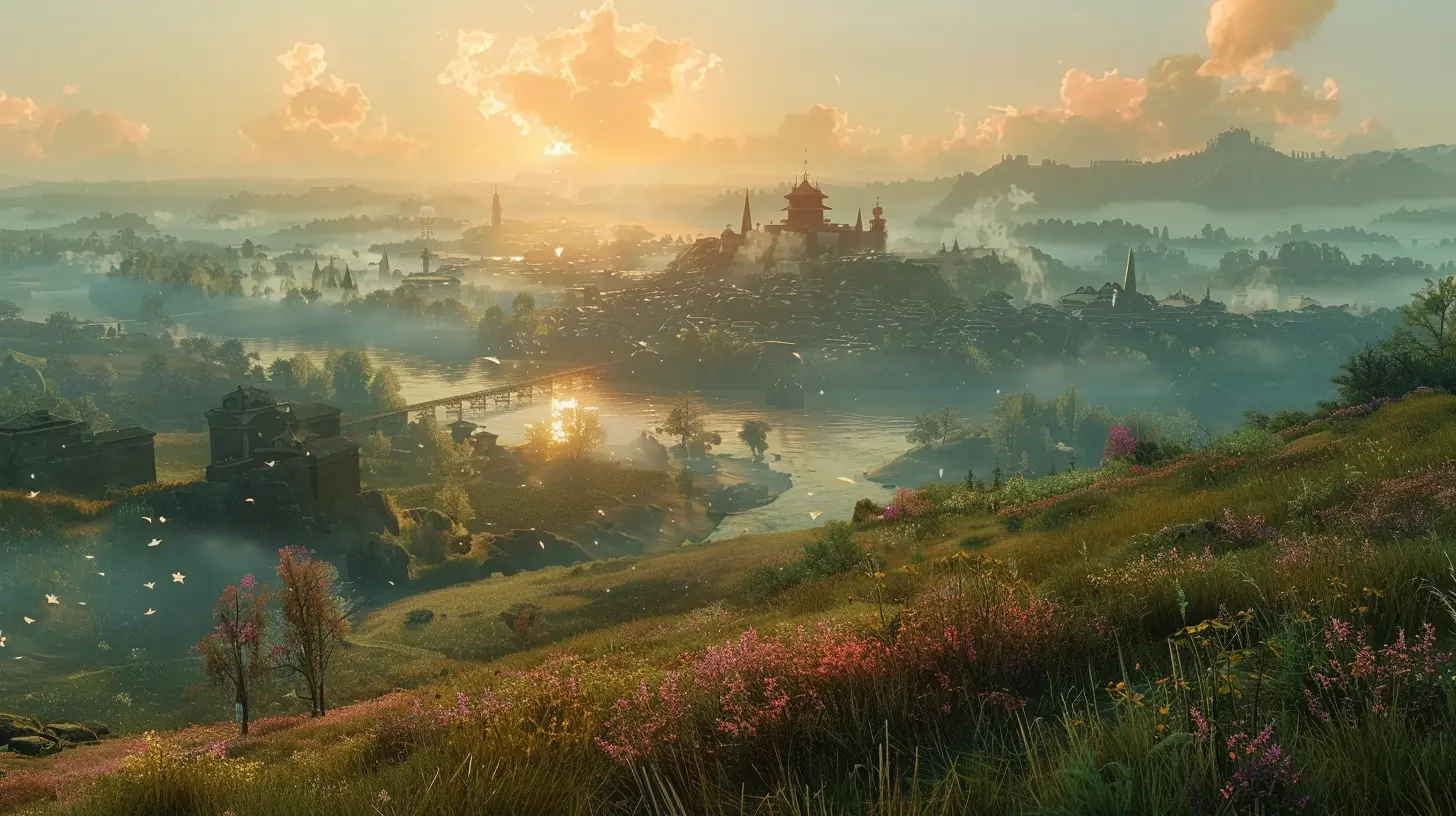
Games That Nailed Replayability (and Why)
Let’s spotlight a few open world beasts that have absolutely CRUSHED the replayability game.✅ The Elder Scrolls V: Skyrim
Released in 2011 and still going strong.Why? Mods, massive worldbuilding, endless quests, and character variety. Also, let's face it—Fus Ro Dah never gets old.
✅ Grand Theft Auto V
The heist missions, three playable characters, and the insanity of GTA Online? Forget about it. You could roleplay for years and never run dry.✅ The Witcher 3: Wild Hunt
Here’s the thing about Geralt—you may finish the main storyline, but good luck doing everything the first time.Plus, with multiple endings and some of the most soul-crushing choices in gaming? That replay factor is chef’s kiss.
✅ Breath of the Wild
Want freedom? You got it. Climb anything, cook anything, glide anywhere. It's a physics sandbox masquerading as a story-driven game. And don’t even get me started on trying to beat Ganon in a different way each time.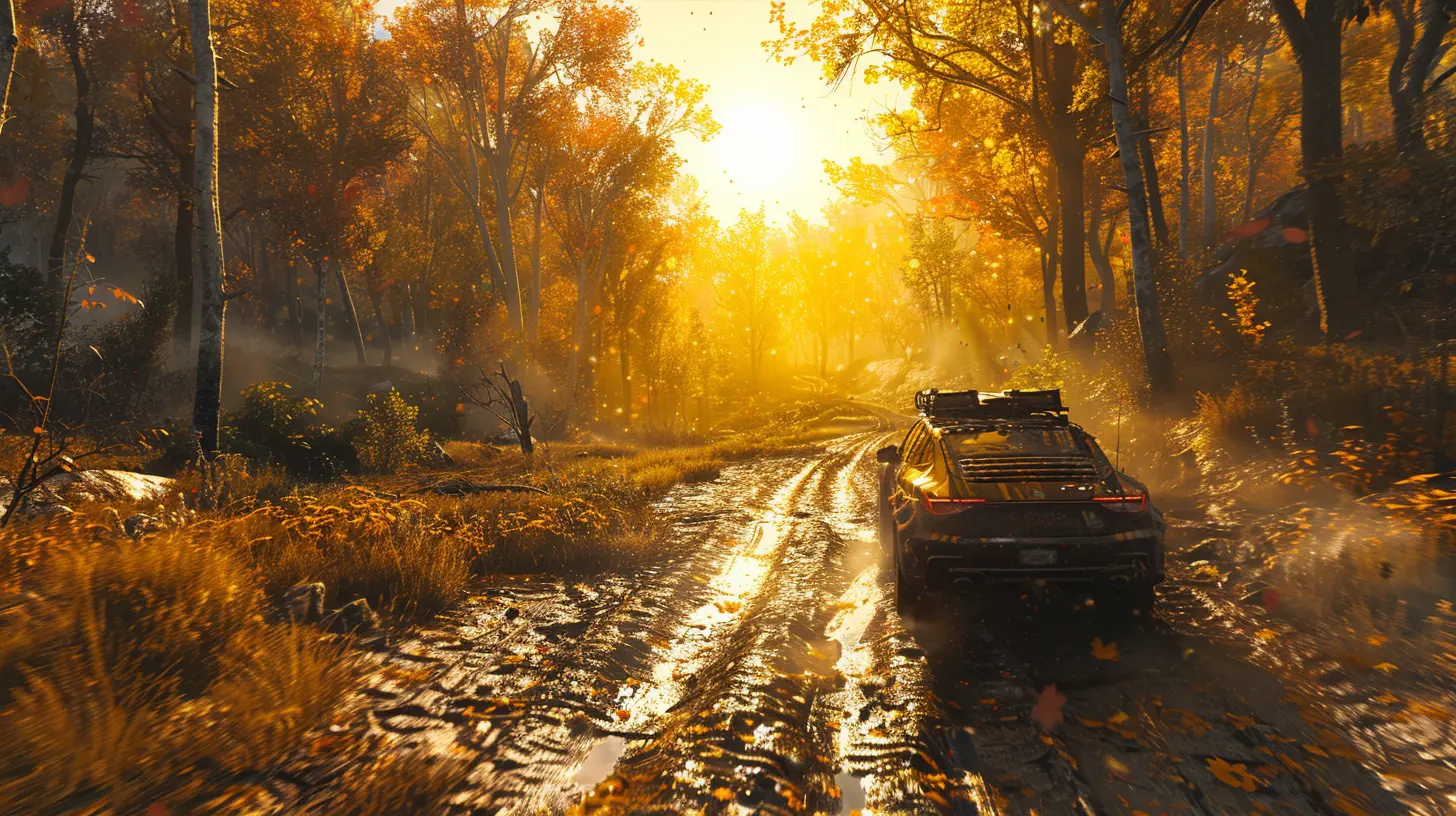
What Makes a Game Lose Replayability?
Now, not every open world game is a cult classic. Some fade faster than a Snapchat story. Why?❌ Repetitive Side Quests
If your side quests are just “Kill 10 boars. Now kill 12. Now 14…”, I’m out.Games that fail to innovate in their side content become tedious. If it feels like work, people won’t come back.
❌ Overly Linear Main Plot
A strong storyline is great, but if it’s too linear and your choices don’t matter? Once it's done, it's done.Replayability hinges on variety and flexibility. Without that, you’re just rewatching a movie with unskippable cutscenes.
❌ Lack of Meaningful Rewards
Don’t make me climb a dozen towers only to unlock… another tower. Gamers are savvy—if they smell filler, they’ll bounce.How New Tech Is Supercharging Replayability
Let’s geek out for a second.With AI and procedural tools becoming more sophisticated, devs are creating more reactive, intelligent worlds. Think enemies that learn your behavior or NPCs that remember past choices. That’s the future of replayability.
Also, cloud saves and cross-platform play mean you can pick up where you left off... anywhere. Bus rides, lunch breaks, even that suspiciously long bathroom visit.
We’re no longer limited by hardware or save files. You're just plugged into your open world addiction 24/7. It's glorious.
The Secret Sauce Is YOU
Here’s a curveball—ever think replayability isn’t just in the game, but in you?Your mood, your gaming taste, your curiosity— they all evolve. A game that didn’t click two years ago might blow your mind today. Or maybe you just want to cause digital chaos with a new mindset.
Sometimes, it’s not about discovering new content, but re-experiencing it with new eyes.
That’s the beauty of open worlds. They’re playgrounds. And you’re the kid who decides what the heck recess looks like.
Final Thoughts: Will We Ever Get Tired of Open World Replay?
Short answer? Nope. Not anytime soon.So long as developers keep pushing boundaries, listening to players, and giving us choices that feel like they matter, open world games will be our go-to for “just one more quest.”
In the end, it’s not just about replaying a game. It’s about returning to a world that remembers you—or at least makes you feel like it could.
all images in this post were generated using AI tools
Category:
Open World GamesAuthor:

Jack McKinstry
Discussion
rate this article
1 comments
Starla Franco
Open world games excel in replayability through diverse experiences.
September 3, 2025 at 3:55 AM

Jack McKinstry
Thank you! Indeed, the diverse experiences in open world games keep players coming back for more, enhancing their replayability.


